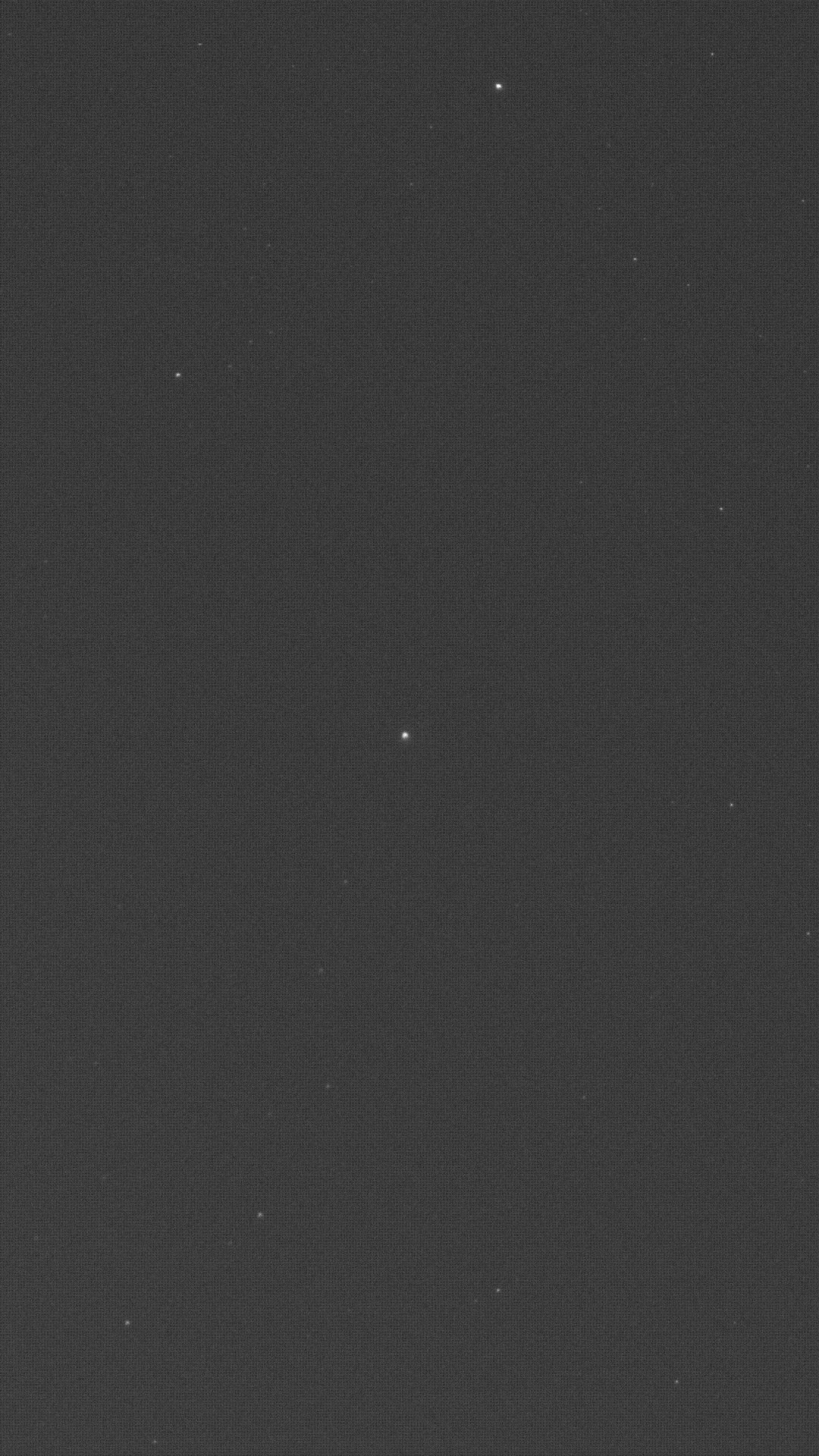Thanks for your effort, but Copilot answer #1 is the only pertinent one. The reset have nothing to do with the logic of the rejection algorithm. Anyway, "star trails and blurriness" is what everyone generally believes is the whole story. But it's not.
For example, I captured 1903 subframes two nights ago of which 273 were fails. 181 were simply blown out because the scope ran into morning twilight before I woke up and stopped it, so those were obvious and expected rejects.
Which leaves 92 that were a mix of egg-shaped stars and passing clouds—but some were virtually identical, according to PixInsight's Statistics process, to frames before and after that were accepted. Worse, 27 frames the algorithm approved were obvious outliers when inspected by SubframeSelector and were as bad or worse by any measurement than those that were rejected.
This one passed muster with only a few stars peeking through the clouds

I expect, and am perfectly willing to accept, a fair number of rejections simply because of slop in the mount. But 50-70% with numerous false positives and almost as many false negatives?
So my question remains: what exactly are the parameters and logic of the rejection algorithm. And, perhaps more to the point, what if anything can we do to reduce the rejection rate?